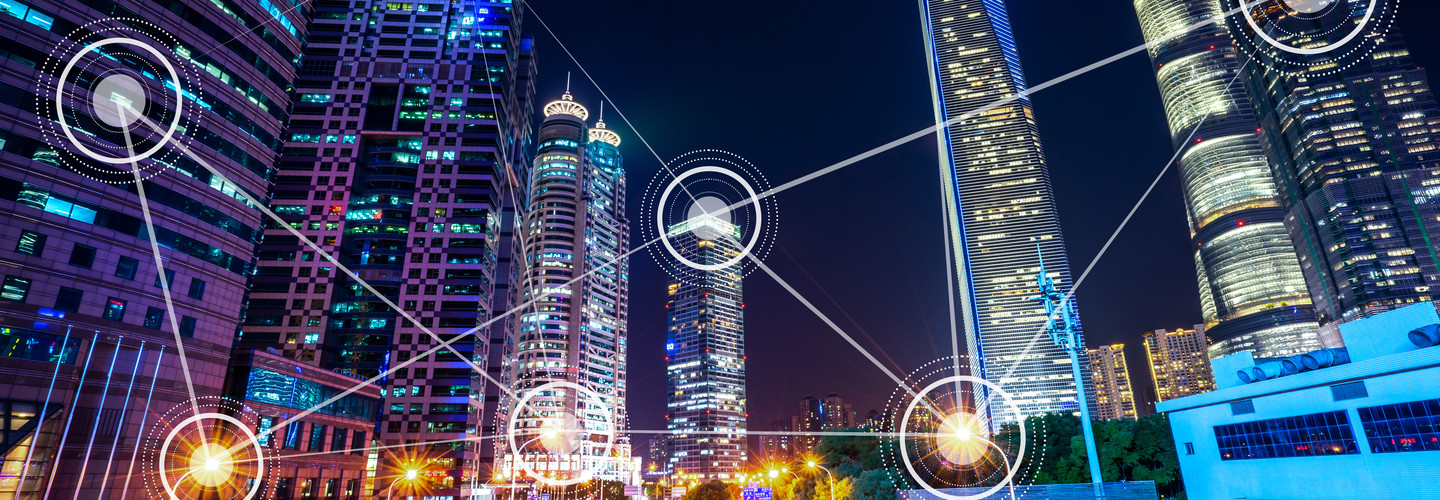Smart Cities Get a New Way to Measure Transformation
The H-KPI framework uses several metrics to evaluate smart cities. These include alignment of community priorities across elements, investment alignment with community priorities, investment efficiency, information flow density, and quality of infrastructure services and community benefits.
NIST says the framework “provides the basis for developing measurement methods and tools that allow for integration, adaptability, and extensibility at three interacting levels of analysis: technologies, infrastructure services, and community benefits.”
David Wollman, deputy chief of smart connected systems in NIST's Communications Technology Laboratory, tells Smart Cities Dive that the goal of the agency’s framework is to give smart cities a standardized way to measure effectiveness.
Smart cities have typically measured the effectiveness of deployments based on the technology or service itself, according to NIST.
EXPLORE: How does real-time data analysis benefit transit agencies?
“For example, if a city deploys smart street lighting technology and traffic monitoring systems, associated metrics might include energy cost savings and congestion reduction,” the NIST guide notes. “However, these direct-results metrics do not capture indirect benefits such as reductions in accidents and crime that make communities and inhabitants feel safer.”
In other cases, cities will look at metrics for utility cost savings after they roll out smart meters and will not “measure the benefits of increased engagement of citizens in sustainability initiatives resulting from increased awareness of their own energy consumption patterns.”
“Because there is often not a reliable and objective way to self-assess the level of success or impact that technologies have on inhabitants, technology deployments in smart cities are often limited to vertical applications and use cases with specific goals, rather than city-wide transformational goals,” NIST notes.
The H-KPI methodology includes strategic planning, systems design and assurance, and operations management, NIST notes.
Wollman contends NIST’s holistic view of measuring smart cities is critical because smart cities have “interconnected infrastructures that support citizen goals and services, and better understanding those interconnections leads to progress.”










